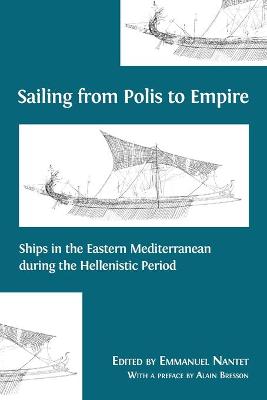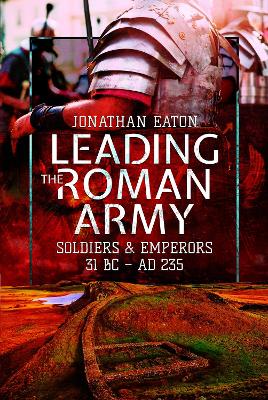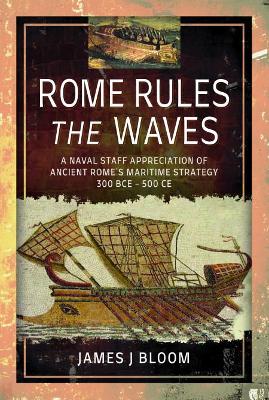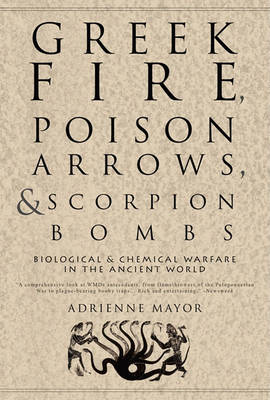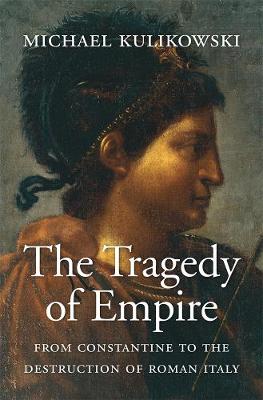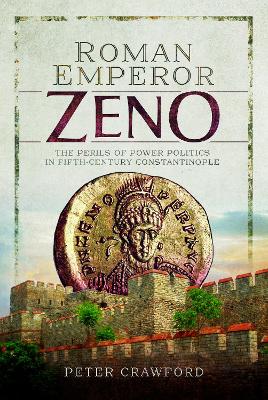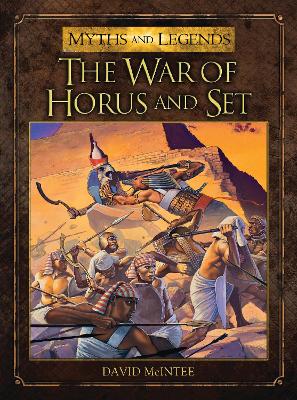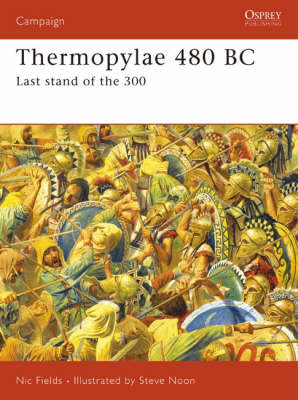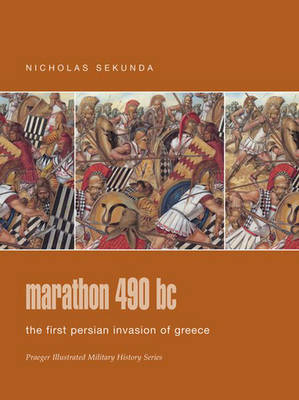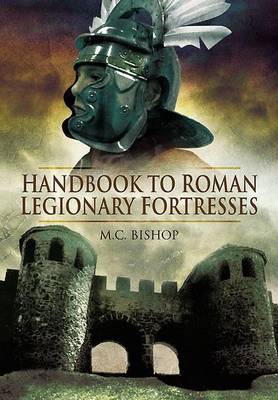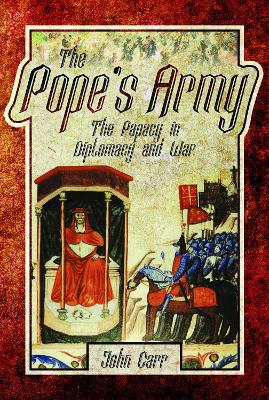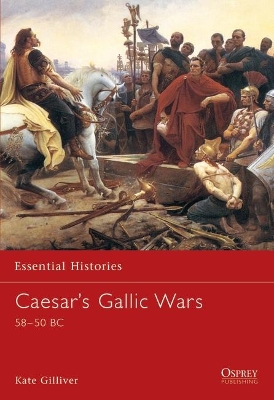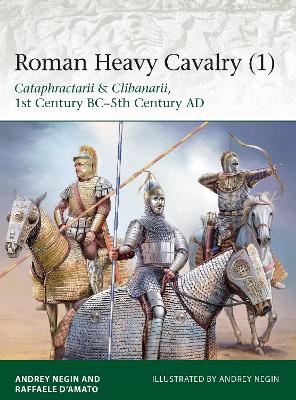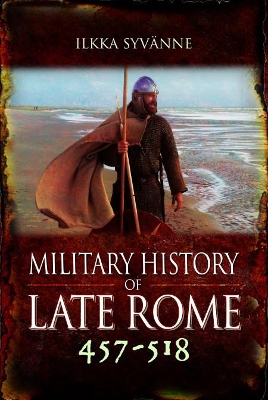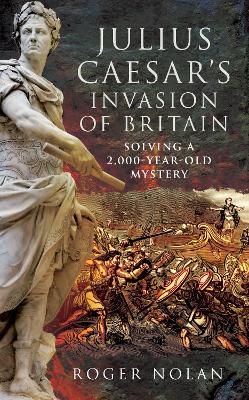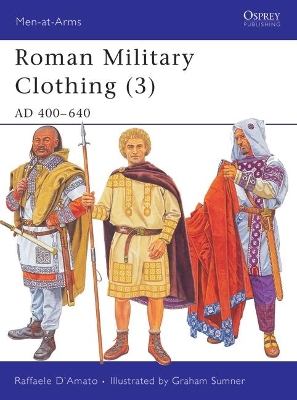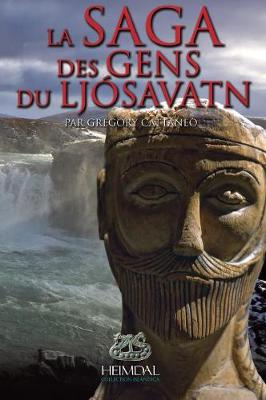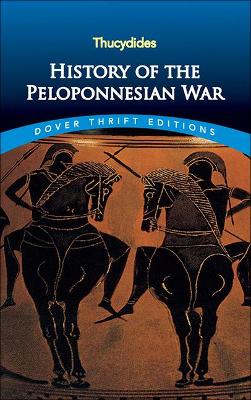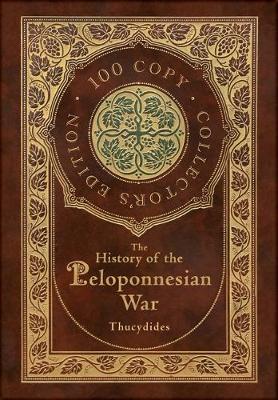The Roman imperial army represented one of the main factors in the exercise of political control by the emperors. The effective political management of the army was essential for maintaining the safety and well-being of the empire as a whole. This book analyses the means by which emperors controlled their soldiers and sustained their allegiance from the battle of Actium in 31 BC, to the demise of the Severan dynasty in AD 235. Recent discoveries have revolutionised our understanding of the Roma...
In the spring of 73 AD the rock fortress of Masada on the western shore of the Dead Sea was the site of an event that was breathtaking in its courage and self-sacrifice. Here the last of the Jewish Zealots who, for nearly eight years, had waged war against the Roman occupiers of their country made their last stand. The Zealots on Masada had withstood a two-year siege but with Roman victory finally assured, they were faced by two options: capture or death. They chose the latter and when the Roma...
The commonly-held view of Rome's naval history is that it essentially ended with the defeat of Antony and Cleopatra's fleet at Actium in 31 BC, which left Rome with no rivals at sea just as the Republican period gave to the Empire. There were no more big naval battles so, this view would have it, Rome's navy was scarcely needed and its role was of little significance to the strategy of the Empire. James J Bloom rams this point of view below the waterline in his reappraisal of the crucial role of...
The Tragedy of Empire (History of the ancient world)
by Michael Kulikowski
A sweeping political history of the turbulent two centuries that led to the demise of the Roman Empire.The Tragedy of Empire begins in the late fourth century with the reign of Julian, the last non-Christian Roman emperor, and takes readers to the final years of the Western Roman Empire at the end of the sixth century. One hundred years before Julian's rule, Emperor Diocletian had resolved that an empire stretching from the Atlantic to the Euphrates, and from the Rhine and Tyne to the Sahara, co...
Peter Crawford examines the life and career of the fifth-century Roman emperor Zeno and the various problems he faced before and during his seventeen-year rule. Despite its length, his reign has hitherto been somewhat overlooked as being just a part of that gap between the Theodosian and Justinianic dynasties of the Eastern Roman Empire which is comparatively poorly furnished with historical sources. Reputedly brought in as a counter-balance to the generals who had dominated Constantinopolitan...
Long ago the brother gods Osiris and Set ruled peacefully over the lands of Upper and Lower Egypt, each in his own kingdom. But over time Set came to covet his brother's lands and crown, and eventually the temptation overwhelmed him. Usurping Osiris's throne, Set began a blood feud that spread war, death and mutilation through both the heavens and the earth. Gods and men chose sides and took up arms on behalf of both Set and Horus, the heir of Osiris. This book retells the mythic struggle betwee...
An authoritative re-telling of one of the greatest tales of heroism of all time and a decisive moment for the history of the world, Leonidas and the 300 Spartans' fight to the death against overwhelming Persian forces preserved the future of Greece and the golden age of classical civilization. Nic Fields vividly describes the battle for the pass of Thermopylae as the combined Greek forces held off the army of Xerxes, buying time for a retreat which would save Greece. Lavishly illustrated and wit...
This book is a fascinating discussion of the development of the military equipment of the earliest organized armies. Dan Howard describes the development of weapons, armour and chariots, how they were made and their tactical use in battle. Spanning from the introduction of massed infantry by the Sumerians (c. 26th century BC) through to the collapse of the chariot civilizations (c. 12th century BC), this is the period of the epic struggles described in the Old Testament and Homer's Iliad, the cl...
The story of the Marathon campaign is an epic of the Ancient World. When the Ionian Greeks revolted against their Persian overlords in 499BC, the cities of Athens and Eretria came to their aid. The Persian King Darius swore vengeance and in 490BC a fleet of 600 ships packed with troops was sent to take revenge on the Athenians. At Marathon the Greeks met the Persians in battle and drove them in rout back to their ships. The moral effect of this victory was enormous - for the first time a Greek a...
Mike Bishop here provides a handy reference guide to every securely identified Roman legionary fortress. An introductory section details the main building types, the development of fortress plans and construction, their defences and infrastructure. The main body of the book, however, comprises the gazetteer, detailing the fortresses' location, dimensions, construction history, garrisoning, and bibliography, the majority illustrated with a site plan.
For much of its 2,000-year history, the Roman Catholic Church was a formidable political and military power, in contrast to its pacifist origins and its present concentration on spiritual matters. The period of political and military activism can be dated to roughly between 410, when Pope Innocent I vainly tried to avert the sack of Rome by the Visigoths, and about 1870, when Pope Pius IX was abandoned by his protectors, the French Army, and forced to submit to the new Italian state by surrender...
Caesar's Gallic Wars (Essential Histories) (Guide to...)
by Kate Gilliver
Caesar was one of the most ambitious and successful politicians of the late Roman Republic and his short but bloody conquest of the Celtic tribes led to the establishment of the Roman province of Gaul (modern France). Caesar's commentaries on his Gallic Wars provide us with the most detailed surviving eye-witness account of a campaign from antiquity. Gillver makes use of this account and other surviving evidence to consider the importance of the Gallic Wars in the context of the collapse of the...
Roman Heavy Cavalry (1) (Elite)
by Raffaele D'Amato and Dr Andrey Evgenevich Negin
From the army of Marc Antony in the 1st century BC, Roman generals hired Oriental heavy armoured cavalry to serve in their military alongside the legions. These troops, both from the northern steppes and the Persian frontiers, continued an ancient tradition of using heavy armour and long lances, and fought in a compact formation for maximum shock effect. They were quite distinct from conventional Roman light cavalry, and they served across the Empire, including in Britain. They became ever more...
The Military History of Late Rome Volume 457-518 provides a fresh, new look into the events that led to the collapse of West Rome, while East Rome not only survived but went on to prosper despite a series of major defeats that included, most notably, the catastrophic campaign against the Vandals in 468\. The author explains what mistakes the West Romans made and what the East Romans did right to survive. He analyses the role of the barbarian generals and military forces in this and also offers a...
The two invasions of Britain by Julius Caesar in 55BC and 54BC have never been satisfactorily investigated and in particular no evidence has ever been found of the temporary marching camps his army would undoubtedly have constructed in their progress through south east England – until now. After many years of detailed research, Roger Nolan has painstakingly traced not only the places where the Romans landed, but he has also discovered four temporary marching camps Caesar’s army built as it drov...
Roman Military Clothing (3) (Men-at-Arms, #374)
by Raffaele Amato and Graham Sumner
This book is the concluding part of a rigorous study of the literary, sculptural, pictorial and archaeological evidence for Roman military clothing, covering the last days of the Western Empire and the much longer record of the Eastern, in the 5th to 7th centuries. The evidence from this enormously colourful period - when Germanic and Persian styles, first introduced by mercenaries, were widely adopted by Roman armies - is particularly rich. The text is illustrated with many photographs of ra...
By the sixth century of the common era the Roman Empire already had many hundreds of years of accumulated ceremonial embedded in its government, and practical science embodied in its army. The transition from Republic to Imperium and the more hierarchical structure that entailed, and the absorption of Christianity into state processes, had pushed the development of court ceremonial apace, and particularly driven its embodiment and display in ever more opulent regalia. The regalia embraced not o...
Famous Battles and How They Shaped the Modern World
by Beatrice Heuser and Athena S Leoussi
Our older readers will undoubtedly remember the Saga of Kormak, translated by Regis Boyer and published by Heimdal in 1975. With this new edition we continue our long-held desire to make accessible to all ancient and medieval texts. Thanks to the Islandica collection, we will publish up to two previously unpublished sagas in French per year. The present volume deals with the saga of the peoples of Ljosavatn (Ljosvetningar) and the Moedruvellir in l'Eyjafjoerdur (Moedruvellingar) from the north...
The History of the Peloponnesian War (100 Copy Collector's Edition)
by Thucydides
